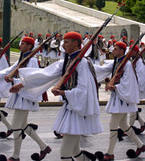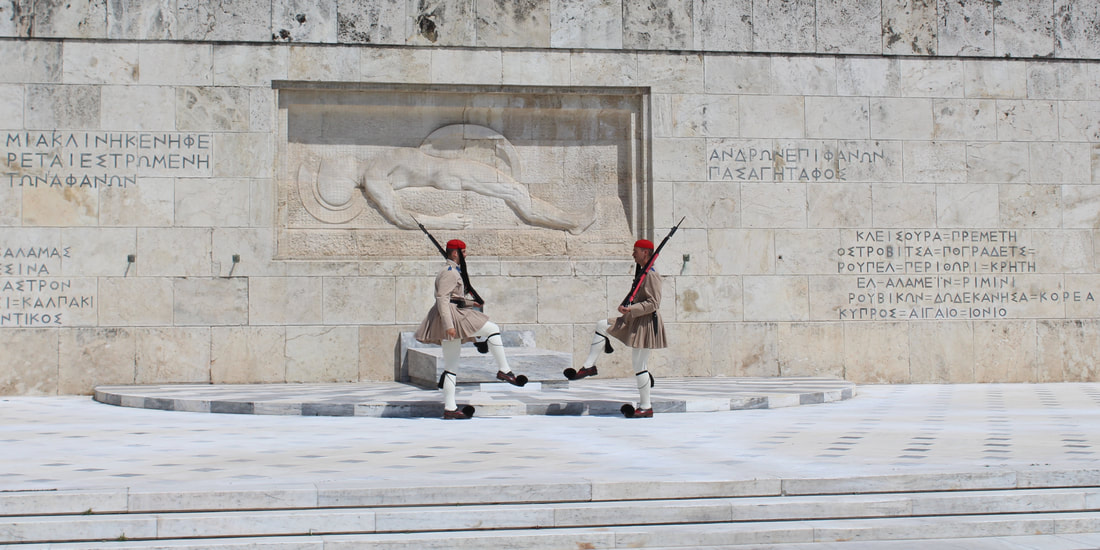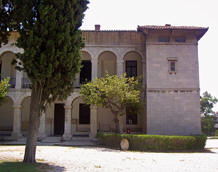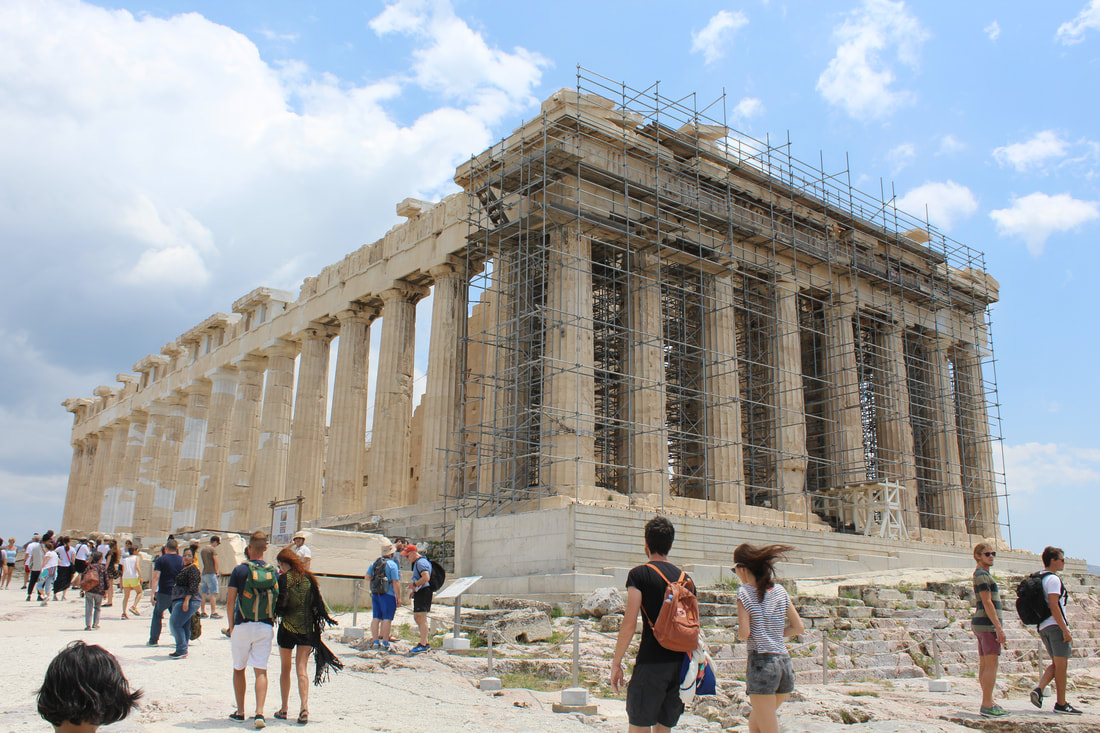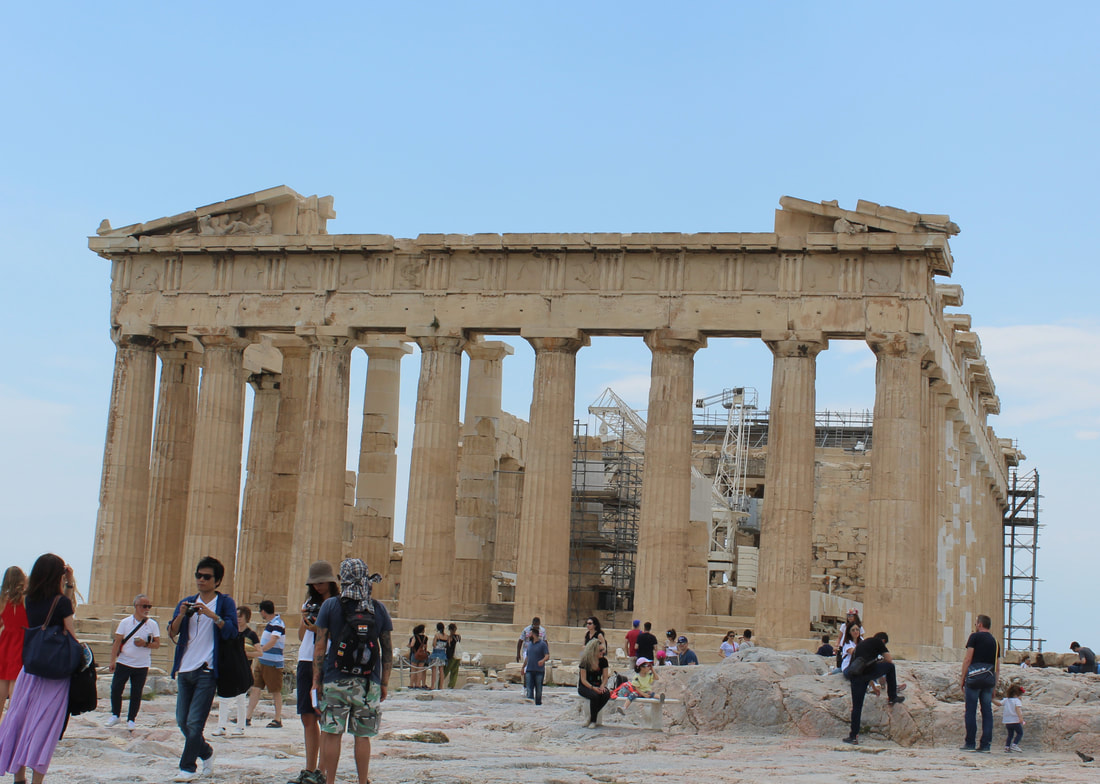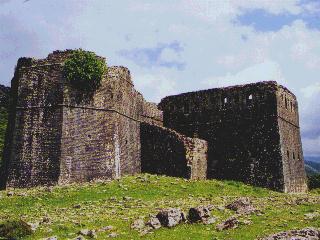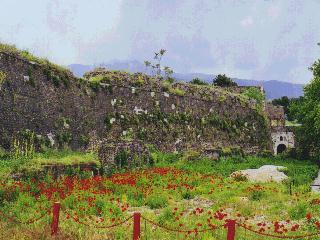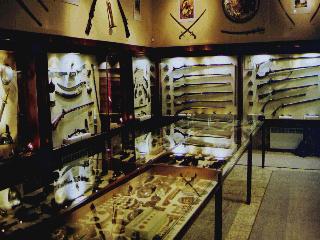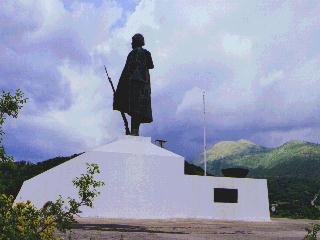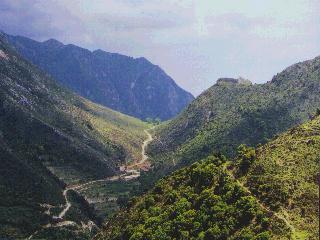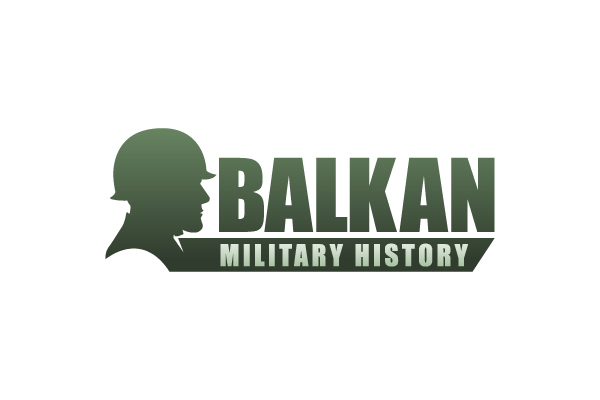- Home
- About
-
Travel
-
Features
- Dyrrachion1081
- Normans in the Balkans
- Manolada 1316
- Kosovo 1389
- Castles on the Danube
- Late Medieval Bosnian Army
- Doboj 1415
- Wallachian and Moldovan troops of the Napoleonic wars
- Anchialos 917
- Slovenian Borderlands
- The Zadruga and the Military Border
- Cretan War in the Adriatic
- Salonika 1916
- Uskoks of Senj
- Siege of Klis 1537
- Eugene in the Balkans
- Moldavian Surprise 1711
- Austro-Turkish War 1737-9
- Militargrenze
- Invading Ottoman Turkey
- Siege of Ragusa 1814
- Russo-Turkish War 1806-12
- Serbian Uprising 1815
- Ali Pasha
- Ottoman Army 1826
- Aleksinac 1876
- Shipka Pass
- Slivnitsa 1885
- Romanian Army 1878
- Austrian forts 19thC
- Kumanovo 1912
- Catalca Lines
- Adrianople 1912-13
- Kajmakcalan 1916
- The other 1918 campaign
- Macedonia air war WW1
- War of the Stray Dog
- Royal Yugoslavian armed forces
- Blunder in the Mountains
- Romanian SS
- Gebirgsjager in the Balkans
- Knights Move 1944
- Vis during WW2
- HLI in the Adriatic
- Adriatic Cruel Seas
- Dalmatian Bridgehead
- Cyprus 1974
- Transnistrian War
- Ottoman Navy Napoleonic wars
- Medieval Balkans
- Balkan lockdown quiz >
- Reviews
-
Armies
- Ancient Greeks
- Pyrrhic army of Epirus
- Dacian wars
- Goths
- Late Roman
- Comnenan Byzantine Army
- Normans
- Serbian medieval
- Albanian medieval
- Wallachian medieval
- Bosnian Medieval
- Catalan Company
- Polish 17C
- Austrian Imperialist
- Ottoman
- Austrian 18thC
- Russian Early 18thC
- Ottoman Napoleonic
- Greek Revolution
- 1848 Hungarian Revolution
- Russian Crimean war
- Romanian Army of 1877
- Ottoman 1877
- Russian 1877
- Balkan Wars 1912-13
- Macedonia WW1
- Greece WW2
- Italian Army WW2
- Gebirgsjager WW2
- Hungary WW2
- Turkey WW2
- Soviet Union WW2
- Bulgaria WW2
- Turkish Korean War Brigade
- Balkan Wars 1990s
- Links
- Books
In Greece we should begin with Athens, starting with the Evzones. Then the Byzantine museum.
The Benaki Museum is also worth a visit with many large paintings regarding the Greek War of Independence and is situated quite close to the Byzantine museum and the War Museum.
The National Museum in the old parliament-building has the arms and armour of Kolokotronis, a selection of captured Turkish flags and original traditional costumes from nearly every Greek province and island.
Of course no trip to Athens is complete without a trip to the Parthenon.
The National Museum in the old parliament-building has the arms and armour of Kolokotronis, a selection of captured Turkish flags and original traditional costumes from nearly every Greek province and island.
Of course no trip to Athens is complete without a trip to the Parthenon.
Next stop the Epirus region of Greece as visited by the Editor in May 2001.
Preveza
For most Tourists this is the entry airport for the region where sun seekers quickly head for the beaches of Lefkada or Parga. However, for the military historian it's the site of the naval battle of Actium where in 31BC Octavian's General Agrippa defeated Antony and Cleopatra in an epic clash (well the Hollywood version looked epic!) of some 800 vessels.
At the Aktio ferry terminal for the short crossing from the airport to Preveza is a Venetian fortress (improved by the Napoleonic French) which commands the entrance to the Amvrakikos Gulf. Preveza itself has the castle of Ag. Andreas, built by the Turks and improved by the Venetian's. Only the walls remain, inside is an off limits military base. Other Turkish fortresses can be viewed at Ag. Gheorgios at the southern end of the city and further along the coast at Pantokrator. Parts of Ali Pasha's strengthened town walls can be seen at the ramparts at Pefkakia.
North of Prevaza is Roman Nikopoli built by Octavian to celebrate his victory at Actium. Significant parts of the walls and the theatre remain. Further along the road to Arta is the Byzantine castle of Rogoi. Whilst very overgrown the walls and the ruins of the medieval town are worth a look.
Preveza
For most Tourists this is the entry airport for the region where sun seekers quickly head for the beaches of Lefkada or Parga. However, for the military historian it's the site of the naval battle of Actium where in 31BC Octavian's General Agrippa defeated Antony and Cleopatra in an epic clash (well the Hollywood version looked epic!) of some 800 vessels.
At the Aktio ferry terminal for the short crossing from the airport to Preveza is a Venetian fortress (improved by the Napoleonic French) which commands the entrance to the Amvrakikos Gulf. Preveza itself has the castle of Ag. Andreas, built by the Turks and improved by the Venetian's. Only the walls remain, inside is an off limits military base. Other Turkish fortresses can be viewed at Ag. Gheorgios at the southern end of the city and further along the coast at Pantokrator. Parts of Ali Pasha's strengthened town walls can be seen at the ramparts at Pefkakia.
North of Prevaza is Roman Nikopoli built by Octavian to celebrate his victory at Actium. Significant parts of the walls and the theatre remain. Further along the road to Arta is the Byzantine castle of Rogoi. Whilst very overgrown the walls and the ruins of the medieval town are worth a look.
|
Arta
This town and the River Arachthos formed the border between Greece and Turkish Epirus between the war of independence and the Balkan Wars of 1912-13. The heaviest fighting took place during the Greco-Turkish War of 1897 on the heights to the north of the town above the villages of Hanopoulo and Grimbovo. As the Greeks lost this war you won't find much of a mention locally, but the old bridge and the remains of the Faik Pasha redoubt can be seen. There are some rifle pits on the battlefield but not much else. In 1897 the Greeks quickly advanced northwards up the old road (not the modern E951) to Janina (Ioannina). At the old pass of Kleisoura are the forts at Pente Pigadia. In 1897 the pass was held by Greek forces led by a young English composer Clement Harris who died in the subsequent Turkish counter attack. The front fort is reasonably well preserved and well worth a look. |
Ioannina
The main city of Epirus and the Turkish HQ for most of the Ottoman period. Probably it's most famous resident was Ali Pasha. His palace is destroyed but the preserved Aslan Mosque houses the municipal museum with a number of artefacts from the period. Some cannon and cannonballs near the entrance and a small but excellent collection of weapons in Foti Rapakousi's Museum hosted in the old Ottoman seminary (medrese) in the grounds. There is also a Byzantine museum and the fortress walls are well preserved. The setting by the lake certainly brings the story of Ali Pasha to life.
The main city of Epirus and the Turkish HQ for most of the Ottoman period. Probably it's most famous resident was Ali Pasha. His palace is destroyed but the preserved Aslan Mosque houses the municipal museum with a number of artefacts from the period. Some cannon and cannonballs near the entrance and a small but excellent collection of weapons in Foti Rapakousi's Museum hosted in the old Ottoman seminary (medrese) in the grounds. There is also a Byzantine museum and the fortress walls are well preserved. The setting by the lake certainly brings the story of Ali Pasha to life.
South of Ioannina is the main Turkish fortress of the Balkan Wars, Fort Bezane. There are no signs nor is it even marked on the map. However, if you turn off the main road at the village of Bizani, go through the village and up a dirt road you come to the fort entrance and a sign 'Bizani Fortresses'. It is a long and rough track but well worth the effort when you reach the top. Some of the Turkish gun emplacements are still there with ruined outbuildings and the view of the complete battlefield is incomparable. Back on the main road is a monument to the Bizani fighters and a museum of Greek history put together by the sculptor Paul Vrellis. There are 36 life size wax effigies of heroes of Greek history.
Near Ioannina is the Oracle of Zeus and theatre at Dodoni. One of the largest in Greece it could hold 17,000 spectators.
Near Ioannina is the Oracle of Zeus and theatre at Dodoni. One of the largest in Greece it could hold 17,000 spectators.
|
Zagoria
This is the mountain area north of Ioannina, part of the Pindos mountains. Spectacular scenery and great walking with the highlight being the Vikos Gorge. We used two of the villages as a base for walking and touring. The whole area was a strong base for the Greek resistance during WW2 and the subsequent civil war. The northern edge was also the Greek front line in 1940 against the Italians. The village of Kalpaki was the hinge of the Greek position and today it houses a spectacular monument above the village and a museum just off the main road. The museum has an interesting collection of photographs and weapons including heavy machine guns and anti-tank guns. |
|
Souli
Integral to the story of Ali Pasha was his series of wars with the Souliots. These were orginally Christian refugees who based themselves in the valley of Souli which is between Mount Souliou and Mount Paramithias. The valley is a natural fortress from which they controlled some sixty villages and for several centuries operated as an independent republic in the heart of Turkish territory. The scenery today is every bit as rugged as the 18th Century romantic writers (including Byron) described it. There is a small monument in Souli village and just after the village of Samonvia is the old pass and a large Turkish fort. This was erected to keep the Souliots out after they were finally defeated by Ali Pasha. Nearby is the town of Paramithia which was an RAF base in the 1940-41 campaigns. Down at the coast is Parga. A seaside resort which has a superb Venetian castle and a Turkish fort, both well worth a visit. |
We used the Kent based travel firm Travelux who specialise in this area and I would happily recommend them. We used the mountains as a base but you could just as well use the seaside resort of Parga. However, be warned that the roads (other than a few main roads) are generally poor. Epirus is a mountainous region and you need to allow plenty of travel time. A decent hire car is essential.
And then to Macedonia - the Editor's 2016 trip.
